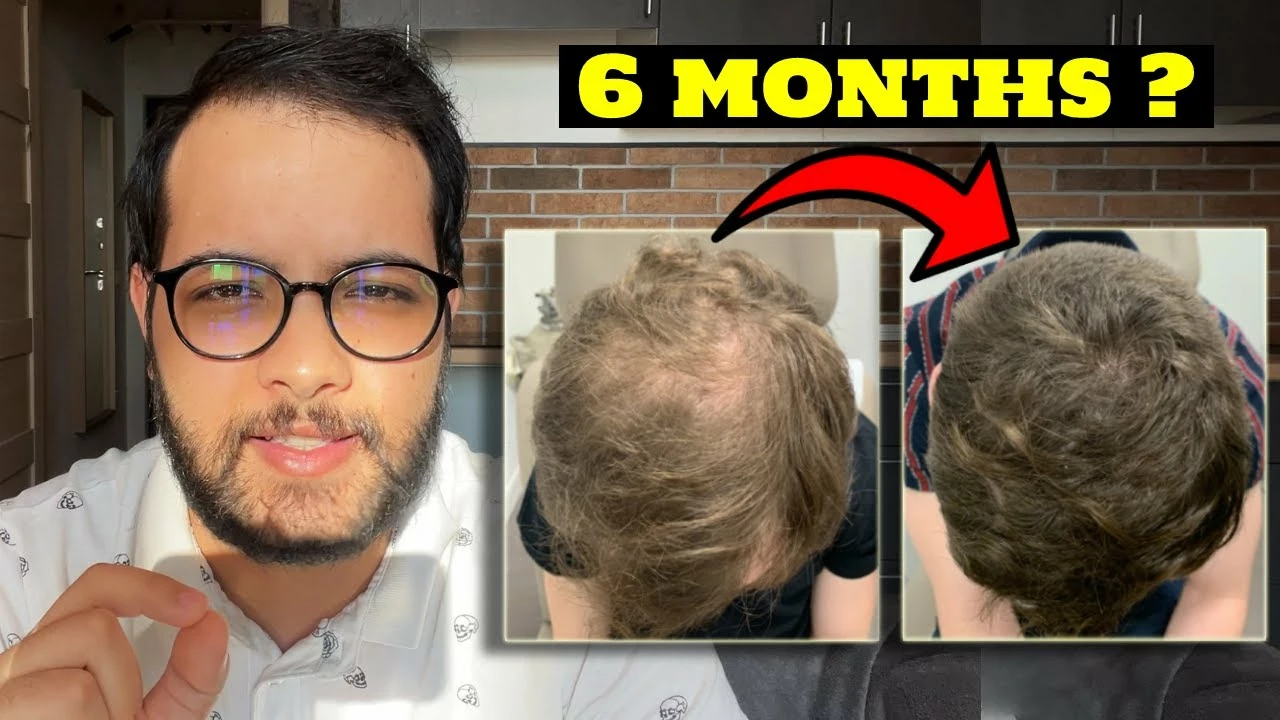Androgenic Alopecia: What You Need to Know About Hair Loss
Notice your hair thinning or receding hairline? Androgenic alopecia, often called male or female pattern baldness, is one of the leading causes of hair loss worldwide. It happens when hormones and genetics team up to shrink hair follicles, leading your hair to get thinner and stop growing over time.
It usually starts slowly, with hair disappearing first from the temples and crown area in men, and often as overall thinning on the top of the scalp in women. This isn’t just about looks—it can hit confidence hard. The good news? There are ways to slow down or even partially reverse the process.
What Causes Androgenic Alopecia?
At its core, androgenic alopecia is triggered by androgens, a group of hormones that include testosterone. In people genetically sensitive to these hormones, the smaller form called dihydrotestosterone (DHT) binds to hair follicles and shrinks them. Think of DHT like a tiny saboteur stopping hair from getting its nutrients and space to grow.
Genetics play a big role here—if your parents or grandparents had pattern baldness, there’s a good chance you might face it too. But age and hormone shifts, like those during menopause in women, can speed things up.
Practical Ways to Manage and Treat Hair Loss
Before trying treatments, it’s smart to check with a healthcare professional to confirm the cause of hair loss. Once you know it’s androgenic alopecia, options range from topical creams to medications. Minoxidil, a popular over-the-counter solution, helps stimulate follicles to grow. Then there’s finasteride, a prescription pill that blocks DHT formation, reducing hair loss in men.
Besides medications, simple steps like a balanced diet rich in vitamins, gentle hair care routines, and avoiding tight hairstyles can protect what hair you have. Some people explore hair transplant surgery or low-level laser therapy for more pronounced cases.
Remember, treating hair loss takes time and patience. Most therapies need several months before you see results, so don’t get discouraged if progress seems slow.
Interested in learning about medications, safety tips, or other health topics? HisBlue Pharmaceuticals.Com offers trusted info to help you make smart choices about your health and wellness.
- Stéphane Moungabio
- 14
Androgenic Alopecia and Hair Loss in Athletes: Causes and Solutions
As an athlete, I've noticed that hair loss and Androgenic Alopecia is a challenge faced by many of us in the sports community. The causes of hair loss in athletes can include factors such as stress, hormonal imbalances, and even tight hairstyles. To combat this issue, it's important to maintain a balanced diet, manage stress levels, and consider hair-friendly hairstyles. Additionally, seeking medical advice from a dermatologist or trichologist may help to identify the root cause and recommend personalized treatments. Overall, being proactive about hair health is essential for athletes who want to maintain a strong, healthy mane.
Read more
